Embarking on the potty training journey is a significant milestone for parents and toddlers. One crucial aspect often overlooked is selecting the right potty training seat. In this guide, we’ll walk you through the essential considerations and provide practical advice on how to choose the perfect potty training seat for toddlers.
Factors to Consider for What type of potty training seat is best?
Material Matters
For comfort and hygienic reasons, selecting the appropriate material for a potty seat is essential. The best seats are sturdy, sanitary materials like plastic or molded wood. Both parents and toddlers will find potty training more enjoyable with these materials’ long lifespan and low maintenance requirements.
Size and Fit
The fit must be correct for a potty training session to be both comfortable and successful. Choose a seat that is adjustable to grow with your toddler. When your child is learning, stability and confidence are fostered by a well-fitting seat.
Safety first
Seek features that put safety first. The seat’s non-slip grips on the bottom reduce the risk of accidents and offer stability on various surfaces. A splash guard is also a great addition for boys since it reduces mess and keeps the training area tidy.
Easy-to-Clean Design
Potty training can be messy, so it’s important to pick a seat whose design makes cleaning it easier. Because removable bowls or seats have fewer gaps, bacteria are less likely to accumulate, keeping your toddler’s environment clean.
Fun and Engaging Designs
Choose seats with interesting and entertaining designs to add some fun to the potty training experience. Your toddler will be drawn in by seats with vibrant characters or interactive features, making the process fun and exciting.
Identify Toddler’s Preferences
Consider your toddler’s preferences when selecting a chair. Adding a personal touch can make the seat more appealing and boost your toddler’s enthusiasm for potty training, whether it’s a favorite color or a beloved character.
Check Compatibility
Ensure the seat you’ve chosen works with the toilet in your house. Verify specifications and measurements to ensure a snug fit. To ensure that there are no annoyances or pains during the training process, this step is essential.
Read Reviews
Check out other parents’ reviews before you buy. Experiences in the real world can offer insightful information about the functionality and longevity of a specific seat. Based on other people’s experiences, this information aids in decision-making.
Consider Long-Term Use
Invest in a seat that will develop alongside your kid. Extended usability is ensured by adjustable features, which ultimately save you money. Selecting a seat that keeps up with your toddler’s development helps ensure a smooth transition during potty training.
Encourage Independence
Choose a chair that encourages self-reliance. Handles or side grips give your toddler the confidence to use the seat by themselves, which promotes independence and a sense of success.
Easy Portability
Consider the potty training seat’s portability if you’re a mobile person. Certain standalone solutions are ideal for use away from home because they are made with travel in mind. On trips and vacations, portable seats can be a great help.
Exploring Style Options
Standalone vs. Adaptability
Choose between an adapter seat for an existing toilet and a standalone potty. Standalone solutions are more portable, but adapter seats are frequently more affordable and compact. When choosing this choice, take your lifestyle and available space into account.
Fun and Engaging Designs
Choose seats with interesting and entertaining designs to add some fun to the potty training experience. Many seats have vibrant characters or interactive features that draw in your toddler and make the process fun and engaging.
How to Choose a Potty Training Seat for any age?
Navigating the vast array of potty training seats can be overwhelming. To simplify the process, follow these steps:
- Identify Your Toddler’s Preferences
Consider your toddler’s preferences, whether it’s a favorite color or a beloved character. This personal touch can make the seat more appealing.
- Check Compatibility
Ensure the selected seat is compatible with your toilet at home. Measurements and specifications matter to guarantee a secure fit.
- Read Reviews
Before making a purchase, read reviews from other parents. Real-life experiences can provide valuable insights into the durability and functionality of a particular seat.
- Consider Long-Term Use
Invest in a seat that can grow with your child. Adjustable features ensure prolonged usability, saving you money in the long run.
Conclusion
For parents and toddlers, selecting the ideal potty training seat is essential to a seamless and happy potty training experience. You can make an informed choice that fits your needs and your child’s by considering material, size, safety, and style. Recall that encouragement and patience are crucial during this developmental stage. Hope you are getting the answer on how to choose a potty training seat for toddlers.
Frequently Asked Questions
Related Article: 10 Best Potty Training Books- Montessori Inspired In 2024



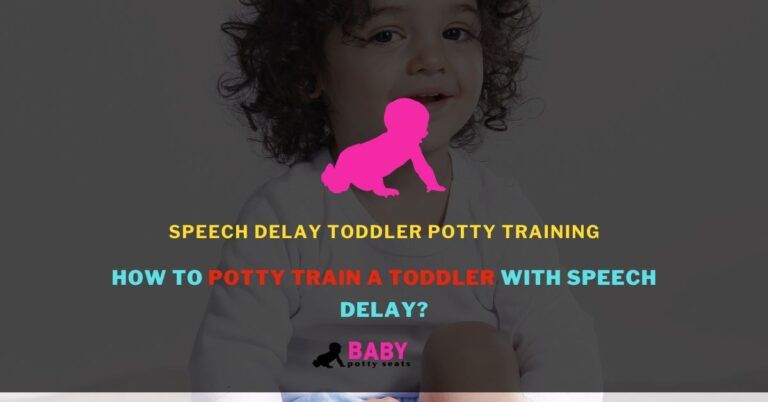
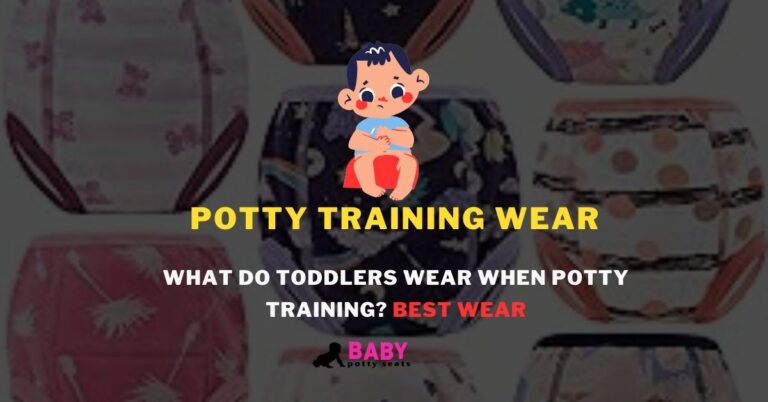
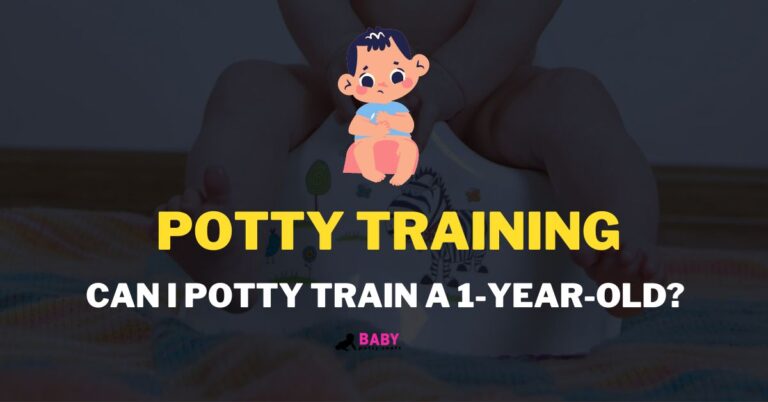
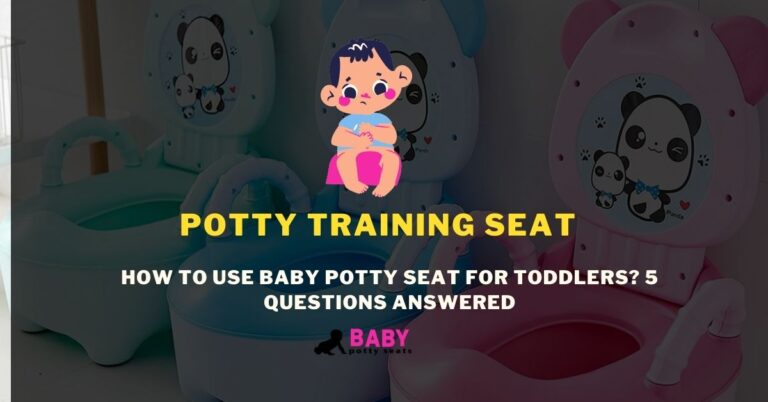

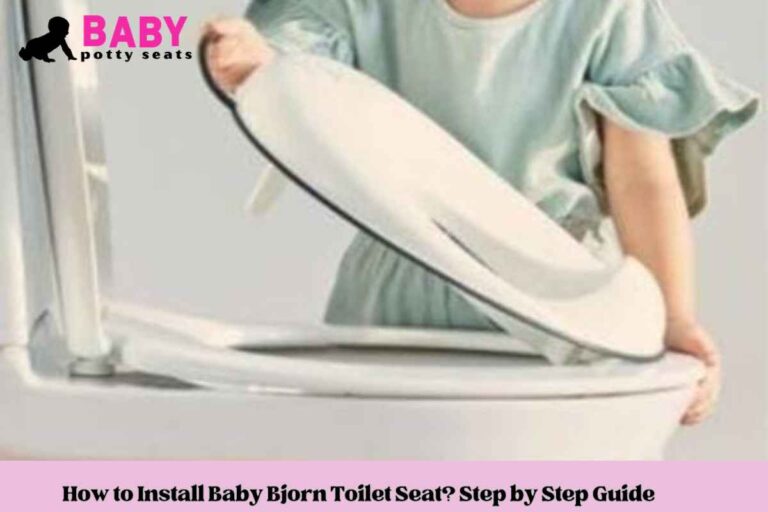
3 Comments
Comments are closed.